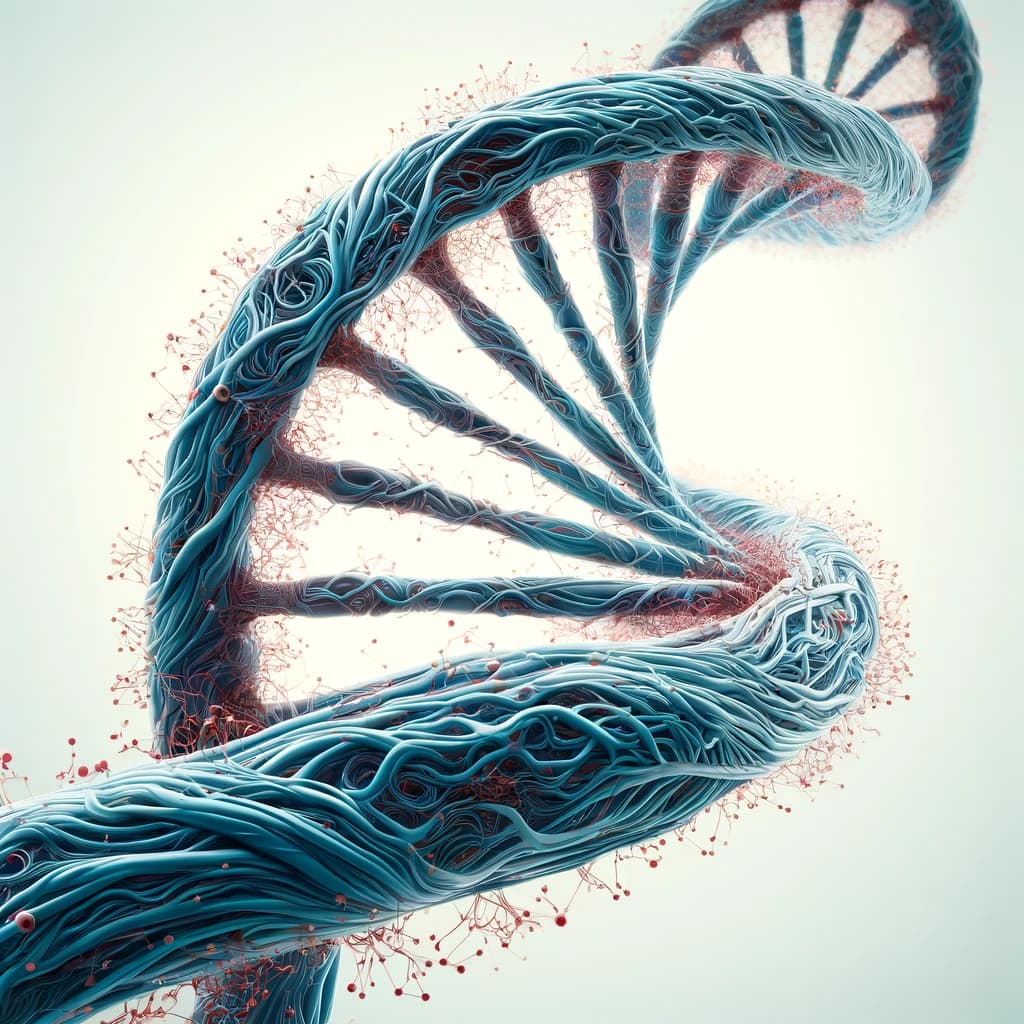Individuals who often find themselves searching for snacks shortly after a substantial meal may be experiencing the effects of hyperactive neurons responsible for food-seeking behavior rather than an increased appetite.
Research conducted by psychologists at UCLA has identified a specific brain circuit in mice that triggers an intense desire for food and initiates active food-seeking behaviors, regardless of hunger levels. When this group of neurons is activated, mice display a strong preference for high-fat and sugary treats, such as chocolate, over more nutritious options like carrots.
This discovery is significant because humans share similar neural structures, which could provide new insights into the mechanisms underlying eating disorders if similar findings are observed in human studies.
Published in Nature Communications, this study is groundbreaking as it identifies neurons associated with the pursuit of food in a part of the mouse brainstem known as the periaqueductal gray (PAG), an area traditionally linked with panic responses rather than feeding behaviors.
Avishek Adhikari, the study’s lead author and an associate professor of psychology at UCLA, explains the significance of these findings, noting the evolutionary ancient nature of the brainstem, which is functionally consistent across humans and mice. This suggests that the fundamental behaviors related to food-seeking are deeply ingrained in this part of the brain, given its crucial role in survival across different species.
The discovery was made while Adhikari’s team was exploring the role of the PAG region in fear and anxiety. They found that while the overall activation of the PAG can induce panic in both mice and humans, stimulating a specific subset of neurons, known as vgat PAG cells, did not provoke fear but instead led to behaviors associated with foraging and eating.
To study these neurons, the researchers used a virus to make the neurons light-sensitive, allowing them to activate the cells using laser light through a fiber-optic implant. This stimulation prompted mice to actively seek out food, including live crickets and other non-prey items, even shortly after consuming a large meal. Intriguingly, the activated mice also showed interest in non-food objects and displayed increased exploratory behavior.
The research suggests that the activation of these neurons is linked more to the desire for food rather than hunger itself, highlighting a distinction between the aversion to hunger and the craving for high-calorie foods. Remarkably, mice with activated vgat PAG cells demonstrated a willingness to endure discomfort to obtain fatty foods, indicating a compulsive eating behavior driven by this neural circuit.
Furthermore, when the activity of these neurons was suppressed, the mice showed less interest in foraging, even when hungry, suggesting that this circuit can override normal hunger-driven eating behaviors.
Given the presence of vgat PAG cells in the human brainstem, this research opens the door to potential applications in understanding and treating eating disorders. If similar neural circuits are identified in humans, they could provide a target for therapeutic interventions aimed at regulating compulsive eating behaviors and preferences for unhealthy foods.
This study was supported by funding from the National Institute of Mental Health, the Brain & Behavior Research Foundation, and the National Science Foundation.
The original research article can be accessed at Nature Communications.













Responses (0 )